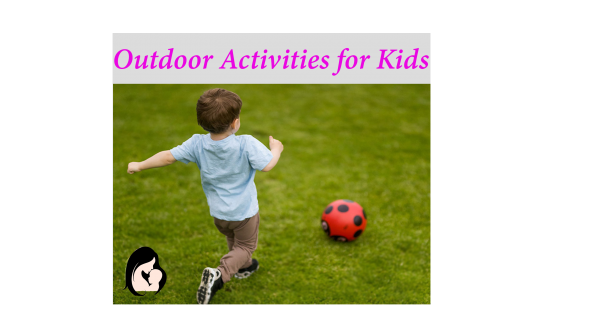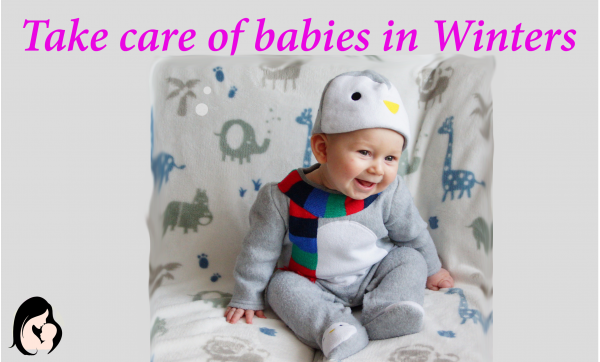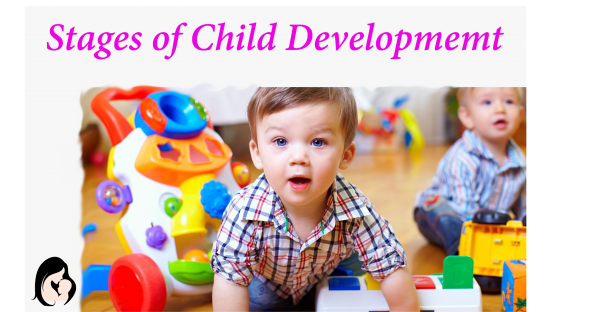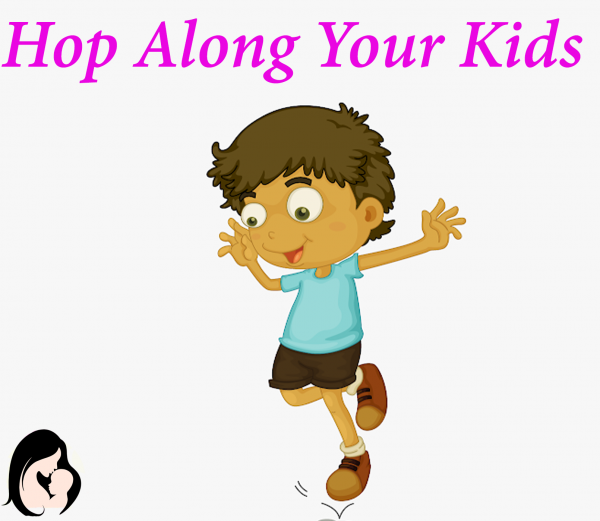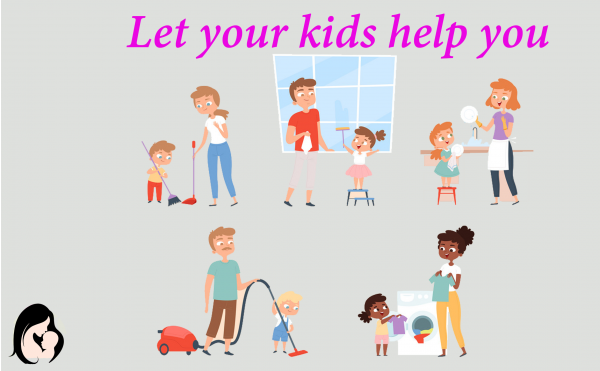The pandemic has affected everyone badly. The worst effect it has on the outdoor activities for kids. The kids have had the worst hit in this pandemic. The kids have been in closed doors for almost 9 months now and this has affected their growth. The effect on development has been both mentally, physically and emotionally.
Tomato Carrot Soup – Winter Special
The dropping temperature and the chilly winds are sure to make us all uncomfortable. In this freezing cold, here is a quick recipe of Tomato Carrot Soup which is not only just healthy but also good to taste
Take Care of babies during winter
Winter is the most loved season of all. We all love the cool breeze and non sweaty weather. However, the season also brings in the difficult situation for kids. It becomes crucial to take care of babies during winter. Babies tend to get affected by the cold winds and the chillness in the weather. So here I am sharing a few things I took care of during the first winters of Kreesha.
Stages of Child Development
The both behavioural and physical stages of child development age 0 – 3 years as they grow. The mentioned stages of child development have been validated by American Academy of Paediatrics.
Hop Along Your Child
Hopping helps kids to develop stronger leg muscles and enhance dynamic balance among kids. So, why not hop along your child and be a child again?
Let your kids help you
Do you let your kids help you in daily household chores? Kids who help their parents at early age in the daily chores of the house or in general are more confident and independent in their later life.

